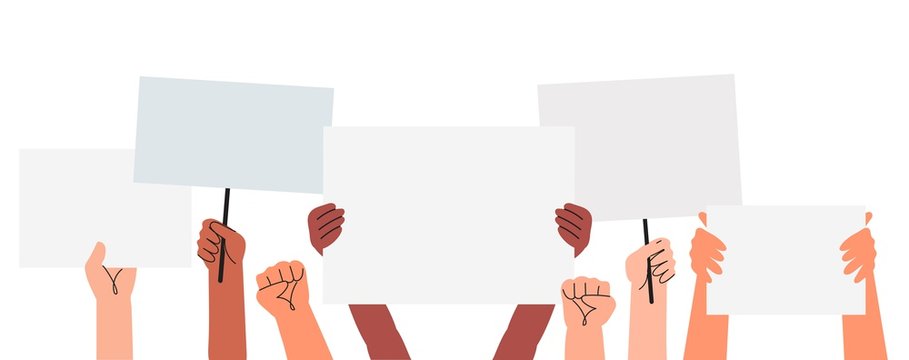
On 25th May 2020, George Floyd, a Black man, was killed by police officers in Minneapolis, police were called because he allegedly used a counterfeit twenty-dollar bill. Several officers reported to the scene, however, it was Officer Chauvin’s knee that remained on the neck of George Floyd for 7 minutes and 46 seconds. This erupted nationwide protests in the US and worldwide. Many who protested throughout the US were arrested, tear-gassed, shot with military grade rubber bullets and temporarily disappeared, by police, and the military, in some instances.
Protests have erupted again, only this time in Nigeria with citizens pleading to #ENDSARS. Police have shot into crowds of protestors, some dying and others in critical condition. In the same way, we cannot ignore the role of slavery and the institutionalization of racism in the US when looking at present-day issues, pandemics if you will, we cannot ignore the role of British imperialism and colonialism in Nigeria in what we see happening today. However, in looking closer at what has emerged in both the US and Nigeria, we have to examine the role of both police and prisons and how they are used as methods of control.
Questions to consider: 1) What is the role of the police? 2) What do prisons do?
To turn to question 1 we must first engage with the idea of who in our society is criminalized (and therefore who we police and surveil) and the purpose of criminalization. To ask about the purpose of criminalization is to see it as a process that is socially determined. Who is allowed to protest and who is not? Whose protest is called protesting and whose protest is considered rioting? We can see that the law isn’t neutral and is often deployed in particular ways to serve the goals of control.
And for prisons, they disappear people deemed to be ‘problems’ rather than tackle the root causes of behavior. The punishment system conveniently attributes problems to individuals rather than the wider systems that produce the outcome(s) in question. Prisons divert our attention away from these wider sites of inquiry and therefore subsequent action by conveniently focusing on the individual, protestors in this instance, framing them as uniquely morally bad rather than a person operating within a society designed to fail them.
Who we position by default as suspicious, dangerous, and therefore criminal (even when protesting peacefully) ultimately demarcates who we determine is human precisely because of the dangerous conditions we are comfortable with them enduring. We see this mechanism at work across other racialized communities too as well as disabled people, Muslim people, trans and non-binary people, undocumented people, working-class people, and people made poor.
Prisons are the conclusion to the policing and surveillance that disproportionately and negatively targets the above communities if they aren’t killed at the hands of the police first.

